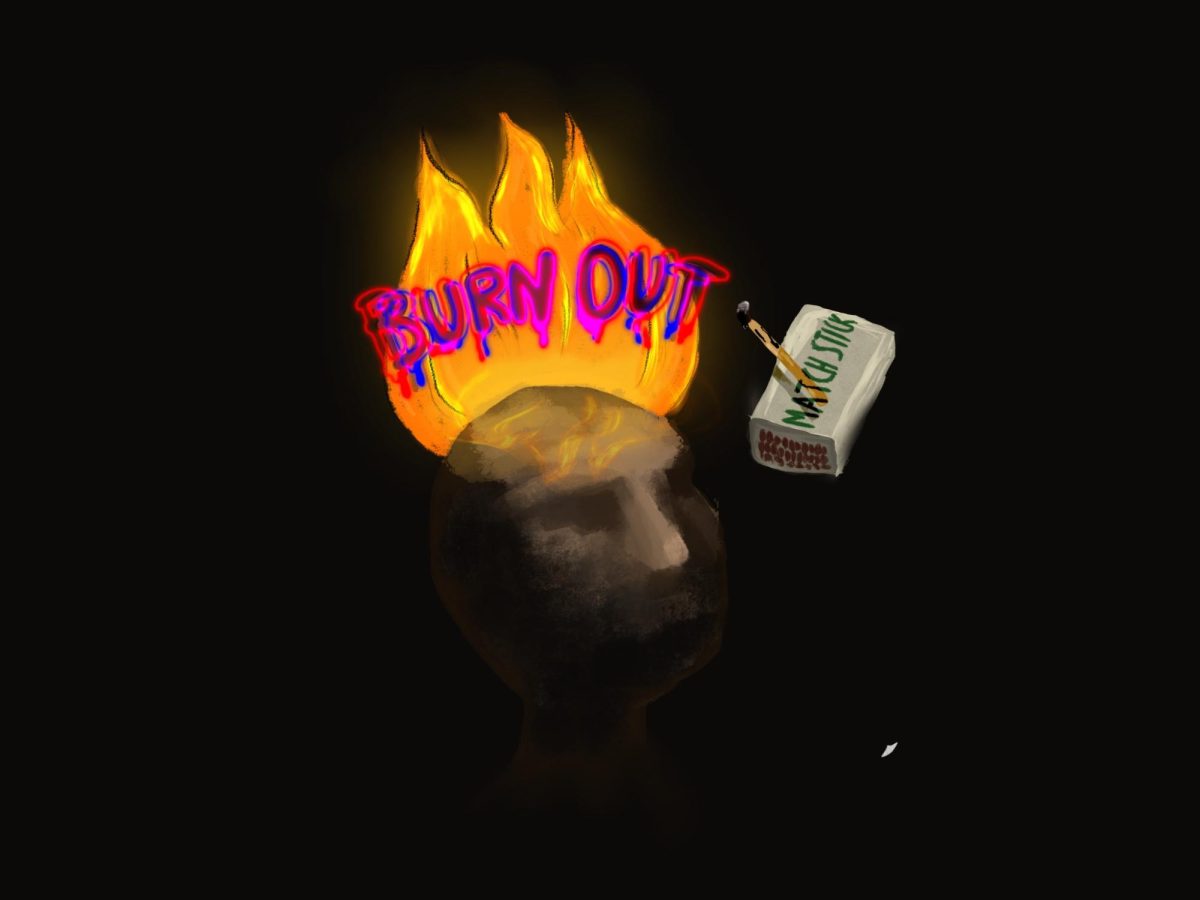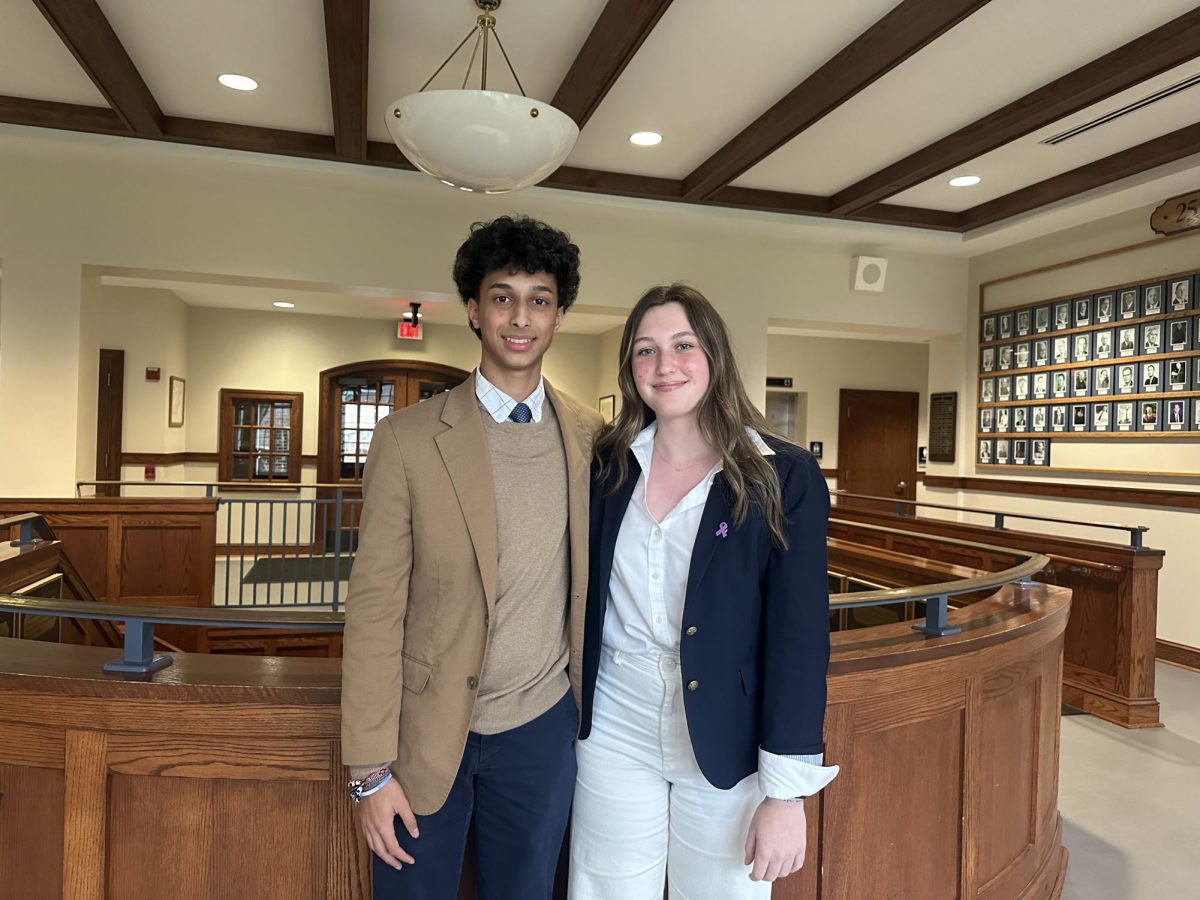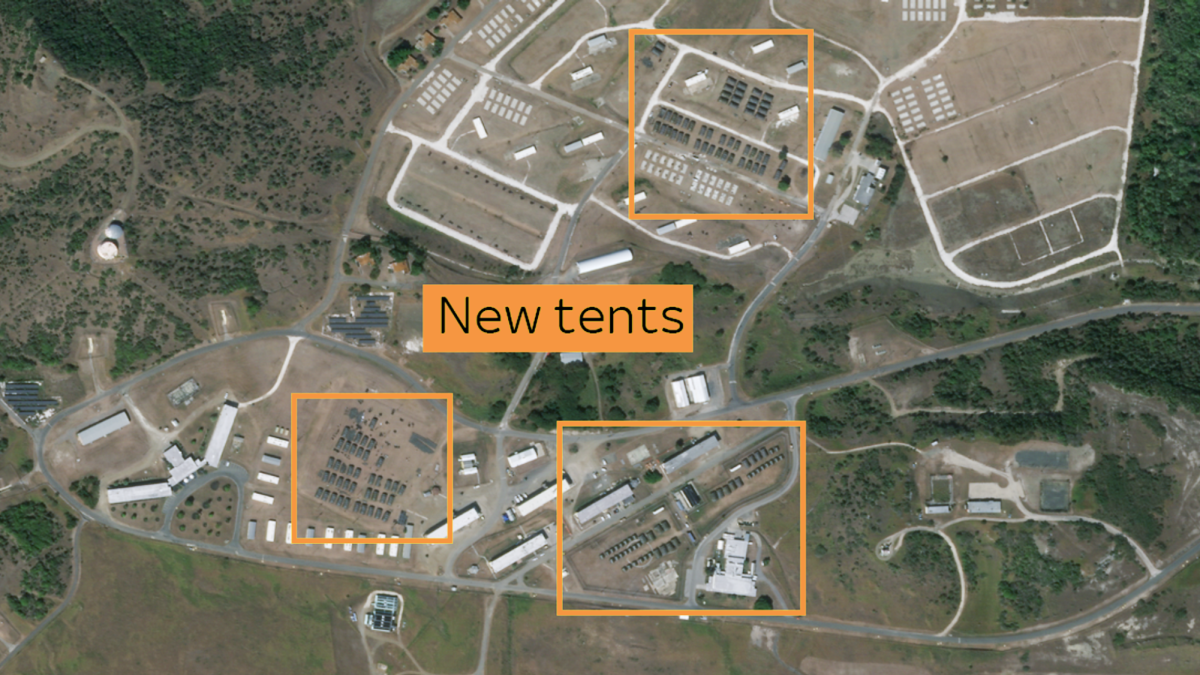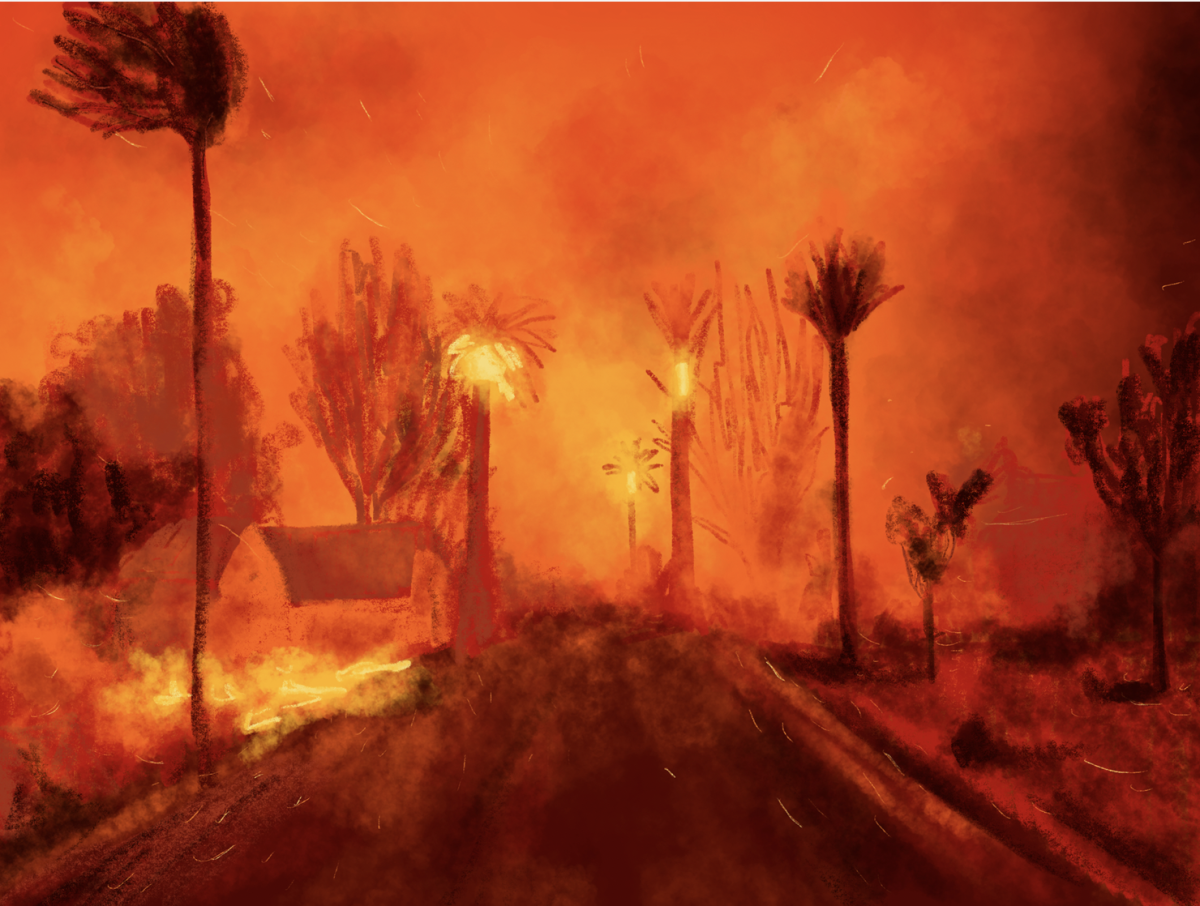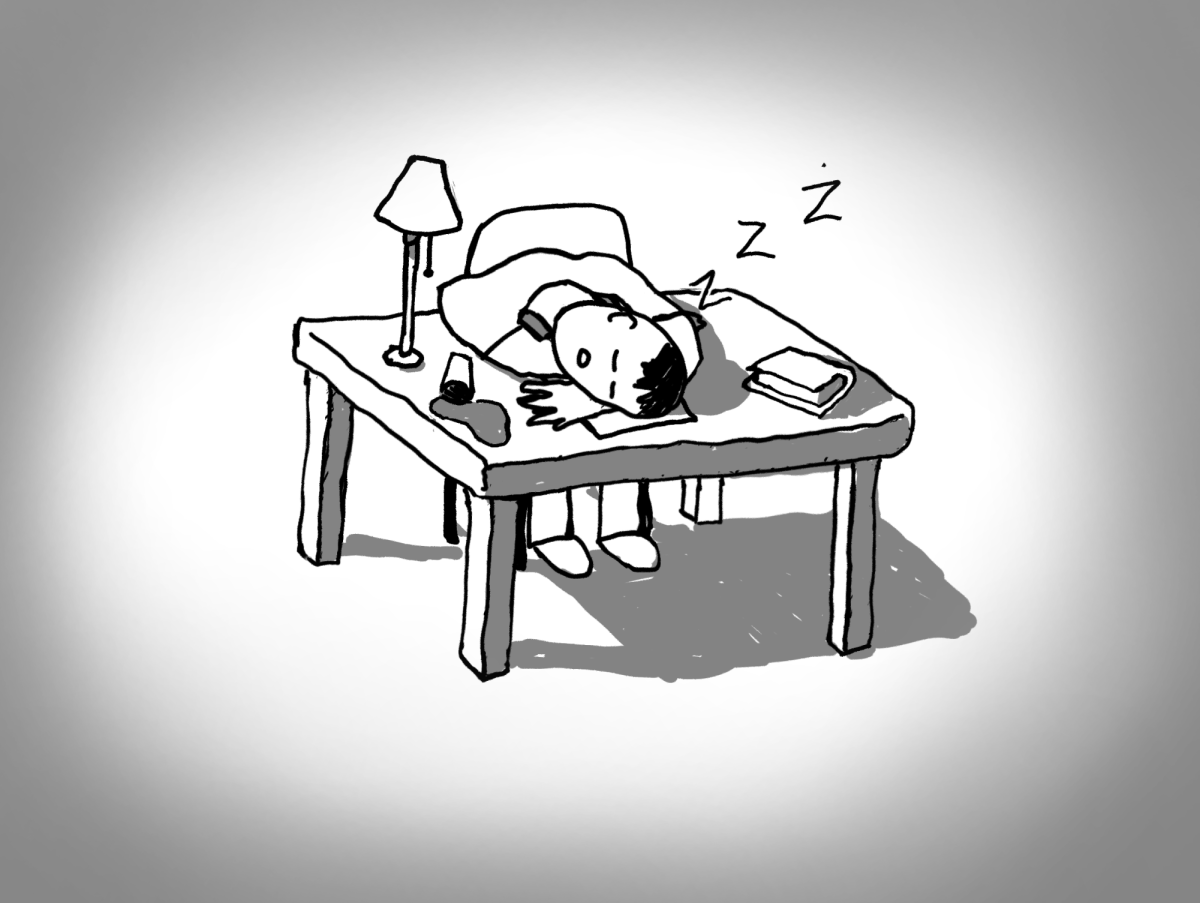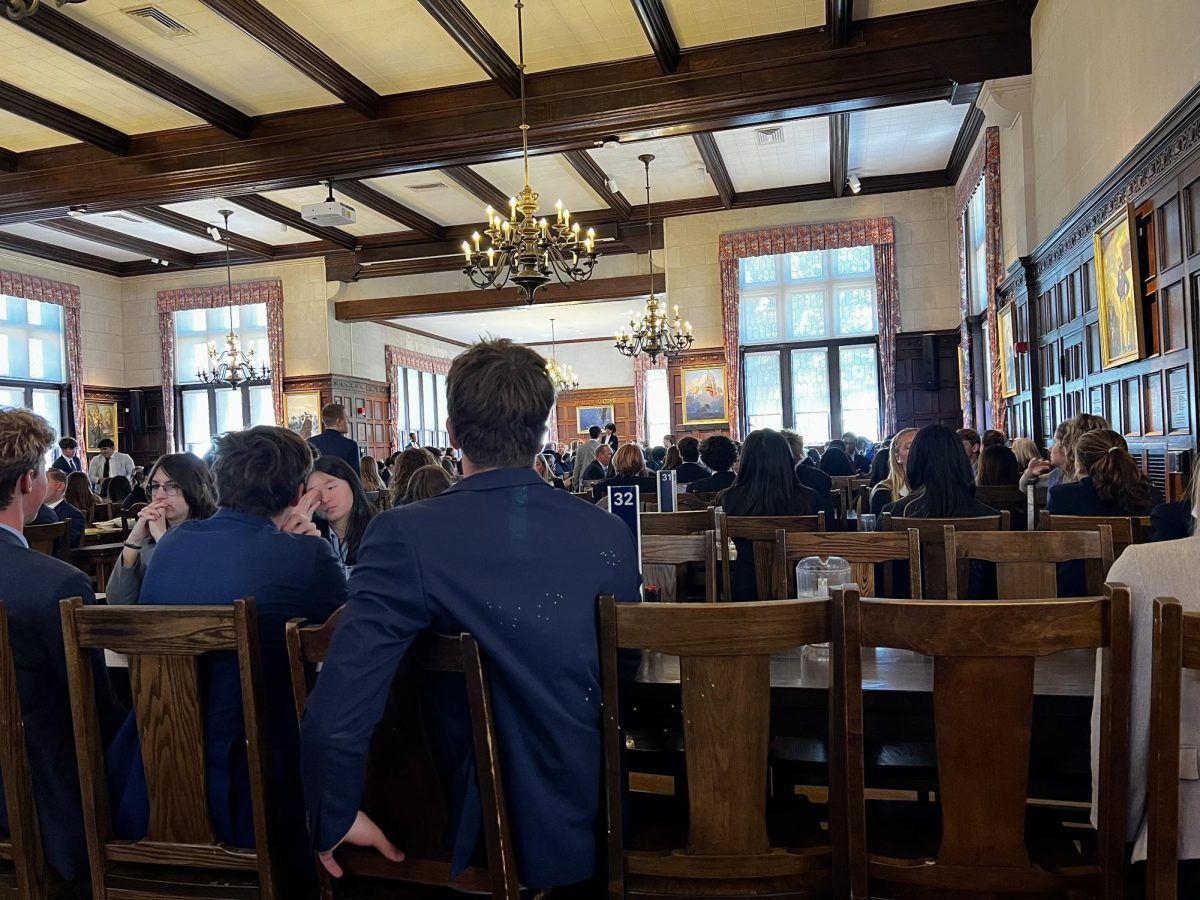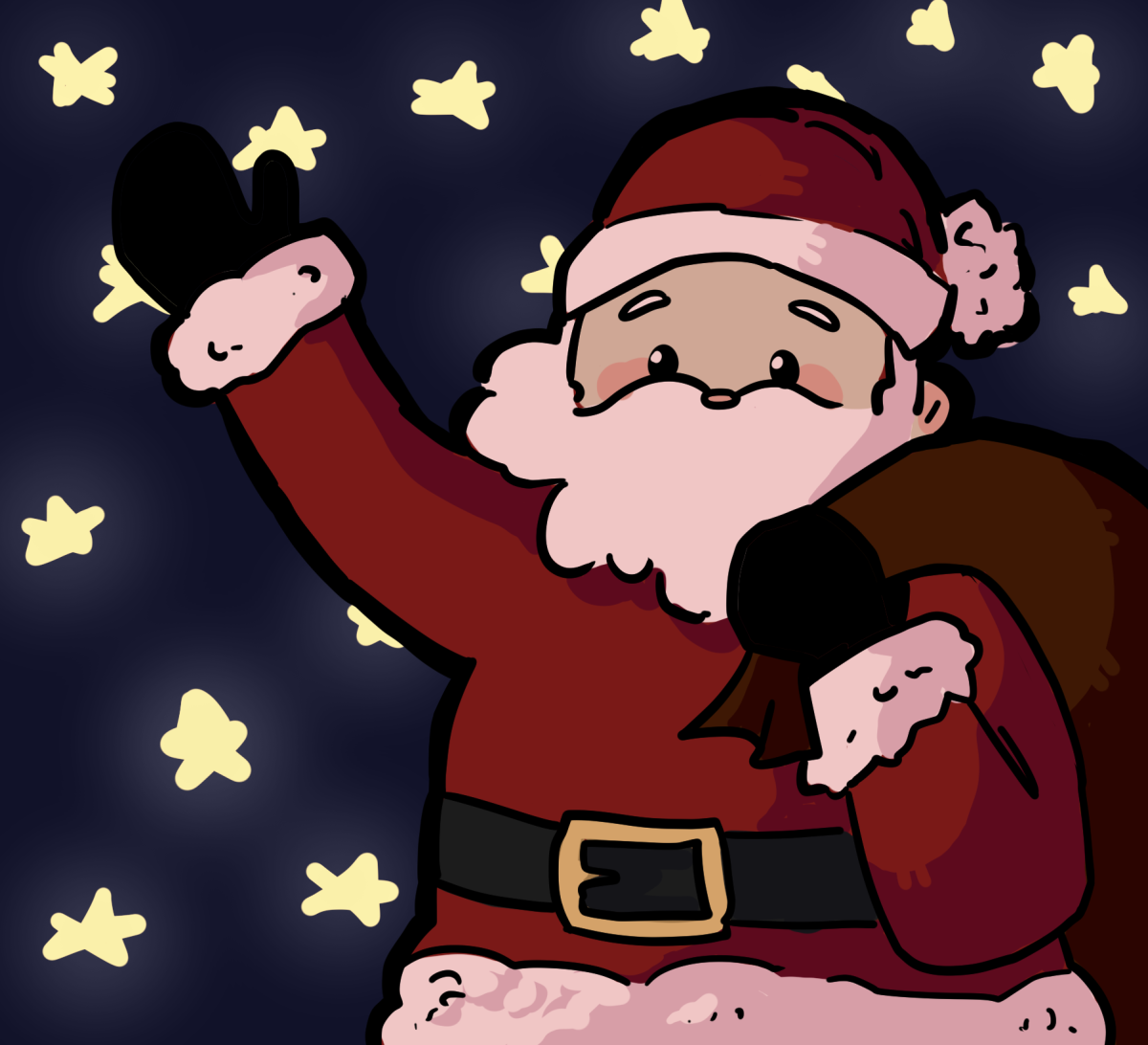Many of us remember when it was revealed to us that Santa isn’t real. And though not everyone celebrates Christmas, I think we can all relate to a loss of childhood innocence represented in the loss of belief in figures such as Santa. For many years, I’ve lamented this experience and wondered if I’ve truly been cursed to live in a world without the jolly Kris Kringle. However, if we as Hill Students are taught to do one thing, it’s to question popular beliefs and use our minds to find new interpretations. While contemplating the horrible emptiness of Christmas without Santa Claus, I found myself hit with inspiration. All I need to do to keep the dream of Santa Claus alive is to refute the arguments against his existence. And if anything screams Christmas spirit and the joys of the holidays, it’s science and cold hard facts.
Argument 1: There’s no way Santa could deliver presents to every house on Earth in one night.
Rebuttal: This naive idea is based on centuries-old science and a simple lack of recognition for the scientific marvels available to a man with a workshop of elves at his disposal. Long past the days of limiting and dream-crushing (AP Physics and Mechanics students would likely agree) Newtonian physics, society has gained an understanding of the universe that surpasses such basic principles. Case in point: quantum superpositions. What if, rather than going to each house at different points in time, Santa simply exists in each house at the same time? This would make sense but for the fact that Santa would have to be a quantum system for this to work. However, let’s look back at the very evidence that would have us cast away Saint Nick. When our parents told us as kids that Santa and his sleigh were “magical,” perhaps they were hinting to something crucial: Santa’s sleigh is actually a quantum system! This would allow the jolly man to visit each house on Earth in one short night without ever being sighted.
Arguments 2 & 3: Santa couldn’t eat tens of millions of cookies at once, and it’s impossible to live in the North Pole.
Rebuttal: The refuting of this impossibly weak claim requires only a broader interpretation of the word “eat.” If we take this, instead of being close-minded and literally assuming he digests each cookie, to mean that he consumes the cookies for his own purpose somehow, the answer becomes clear. Living in the North Pole is difficult, especially in that it requires a dedicated personal power source. So, if Santa’s elves were to build him a perfectly efficient cookie power generator, Santa would be set for power each year with only the cookies provided for him on Christmas day. If we assume that each cookie is about 300 calories (kcal) worth of energy and that about 1 million cookies are set out each year on Christmas eve (this is incredibly conservative considering how many households believe in Santa and how many cookies are made per household), then Santa would see about 348,000 kWh per year, enough to power over 30 households. Bam, energy problem solved, cookies located, and comfortable North Pole living made possible.
Now, simply refuting arguments against Santa’s existence by no means confirms it. However, the rest of the work comes down to all of us. If we can all resume our belief in Jolly Saint Nick and rekindle the flame of Christmas spirit, perhaps we can make it happen. Therefore, Hill School, I implore you this holiday season: look at the facts and join me in accepting Santa back into Christmas for good.


